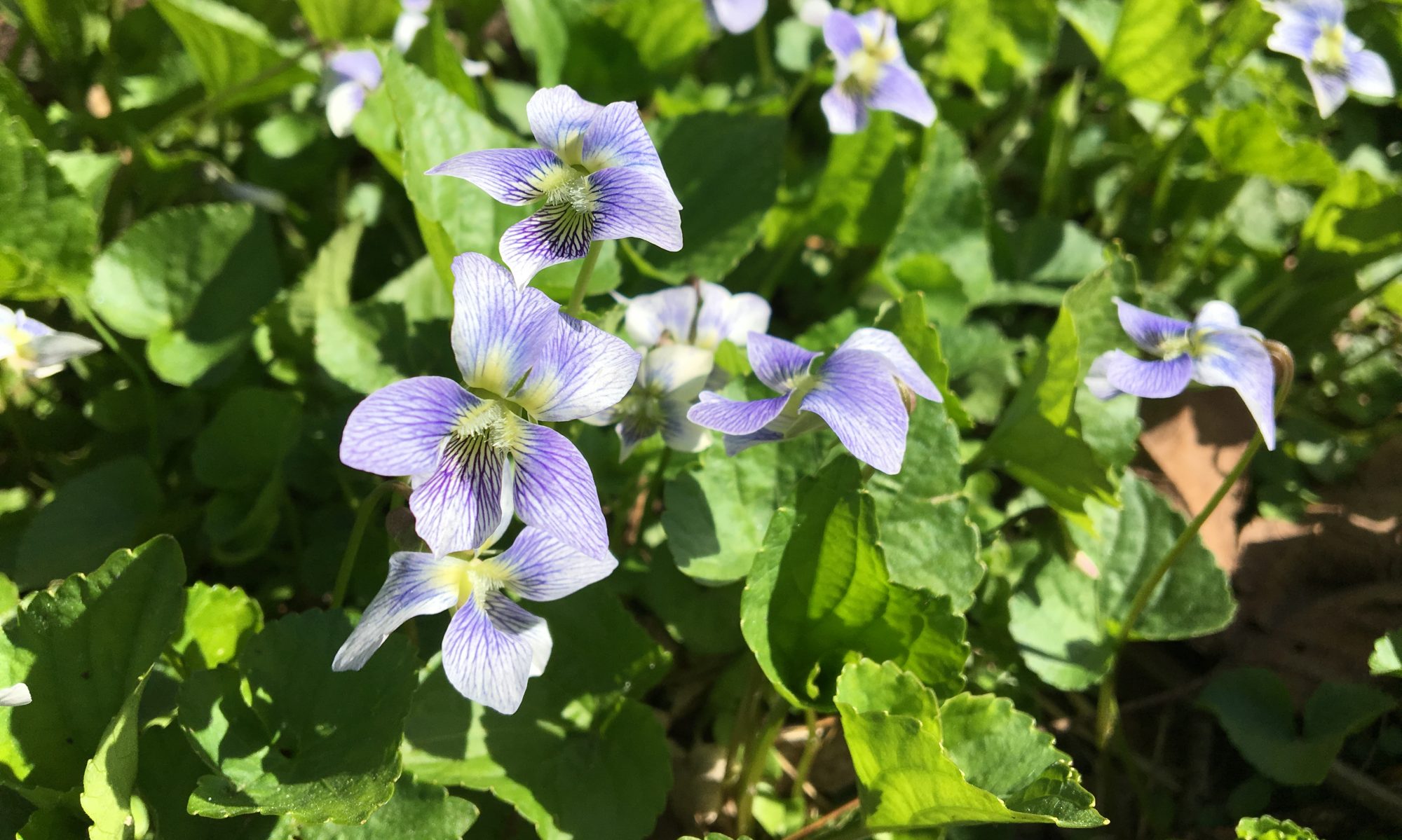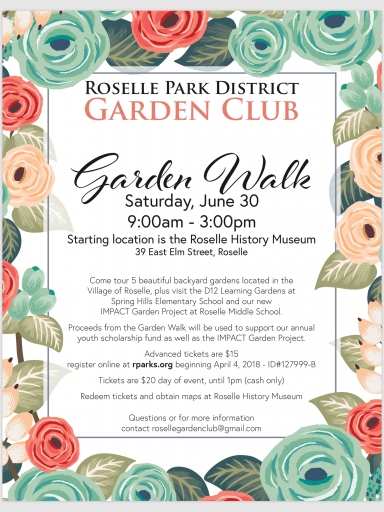Perennials, annuals, and bulbs
During the fall months of September, October and November, after soil temperature drops below 60°F, the bulbs of spring – tulips, daffodils, hyacinths, scilla, dwarf irises, anemone, and crocus should be planted. Add bone meal or bulb fertilizer into the planting hole as you prepare the soil.
Winter pansies, flowering kale, flowering cabbage, and fall mums may be planted now, to give a little color to the garden when the summer flowers have faded away.
Scatter the seeds of perennials in a row or in open beds this month so that the young seedlings will be ready to be transplanted into their permanent spot next spring.
As the weather cools, perennials which have overgrown their space or become crowded should be dug and divided, or moved to a new area of the garden. New or replacement perennials can also be planted this month.

